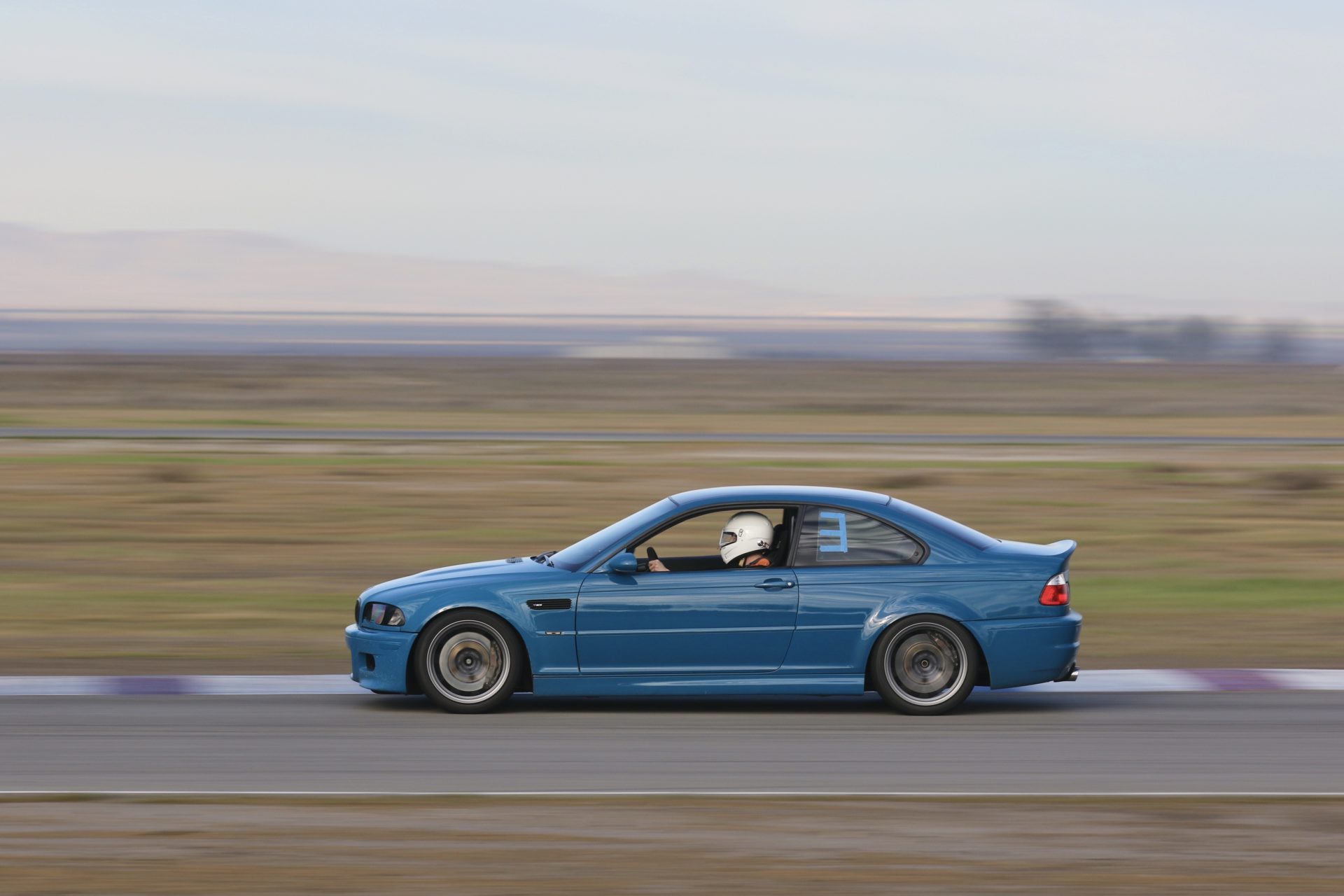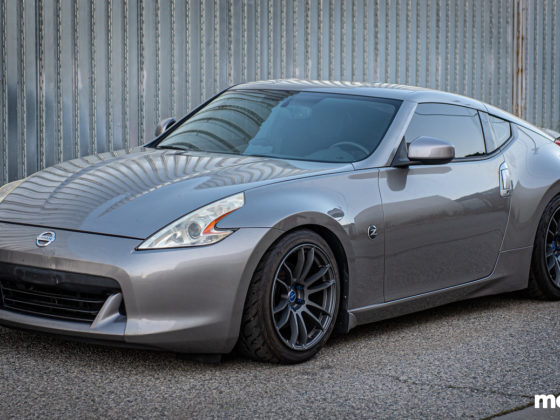

With everything bolted back together, it was time to put the clutch to the test! After the recommended break-in, of course..

With the car on the ground, it was time for a test drive! I immediately noted that the clutch take-up point was just slightly higher than stock, maybe 1/3 from the bottom, compared to the factory take-up point roughly 1/4 from bottom – a relief, since the factory clutch mechanics allow for almost no adjustment, instead relying on the “self-adjusting clutch” (SAC) mechanism. I’ve always found the factory clutch engagement to be a bit on the low side, requiring you to be absolutely down to the firewall for a smooth shift. Too low an engagement can be especially troublesome on track, but luckily the slightly higher take-up point of the McLeod clutch was just perfect and will make for even more consistent shifts.
With roughly 3000 miles on the clutch now, I can confidently say I’m happy with the upgrade! While the engagement is certainly more direct and more grabby than stock, as expected, along with the lighter flywheel, I haven’t found it to be a burden even in typical LA traffic. Downshifts are a breeze, requiring even less of a throttle blip than before on the already very responsive S54 engine. Also, since there is less rotational inertia, if you don’t completely nail the downshift, the mismatch in engine RPM really doesn’t upset the chassis as it would with the factory unit.

The biggest surprise, though, was how quiet the clutch is. I’ve been in a few E46 M3s with single-mass flywheels that have awful gear rattle at idle – when you’re outside of the car, it’s usually the sound you hear over everything else. They also tend to have certain RPM ranges where you get a lot of transmission lash, usually higher RPM light throttle or in decel.
Much to my surprise, the clutch made absolutely zero noise until about 15 minutes into a drive, when the transmission oil really starts to heat up. Then, there’s only a small amount of rattle at idle, and absolutely none at anything over about 1200 RPM. Again, the gear rattle at idle is completely from the transmission itself, and these Getrags are notirous for it, but the clutch assembly does play a large part in reducing audible harmonics. Whatever wizardry McLeod have done here seems to have really reduced noise, especially impressive for a lightweight twin disc clutch such as this. In addition, there is also absolutely zero noise – at any RPM – once the clutch is pressed in, surely a result of McLeod using a strapped floater plate design.
I could try to describe my experience with the clutch all day, but how about a video!? Check out the full test drive & review video on YouTube below!




3 comments
Funny you prefer a higher clutch engagement point. I hated how high I had to bend my knees to shift.
I swapped my non-M clutch pedal for a Mason Engineering one with a much lower engagement point.
Maybe it’s a long leg vs short leg thing?
What did you run for fluid in the trans?
I’m swapping to a single mass flywheel in my E60 and am going to run this
http://uucmotorwerks.com/html_techtip/techtips/tranny_rattle.htm
GL
I stuck with OEM Pentosin. I tried another brand of fluid that met specifications for the trans but had really rough cold shifts which got only marginally better when it warmed up. I was actually worried the trans was going out until I gave the Pentosin stuff a try. Might be something specific with the 420G, though..